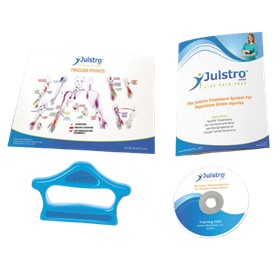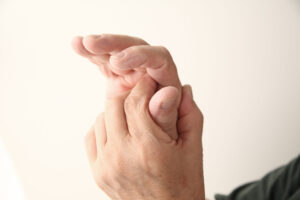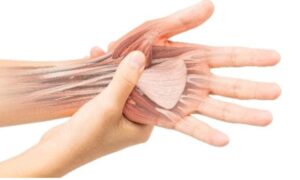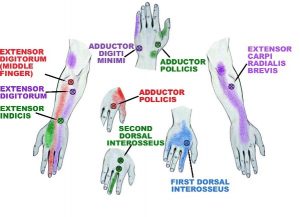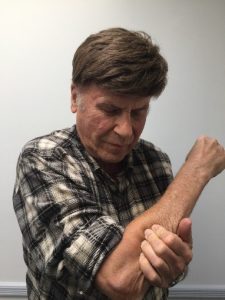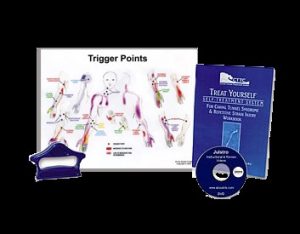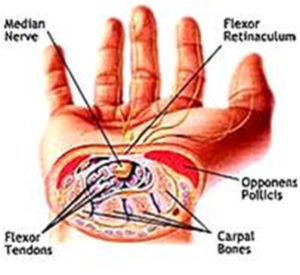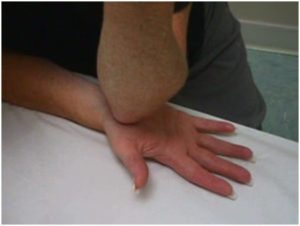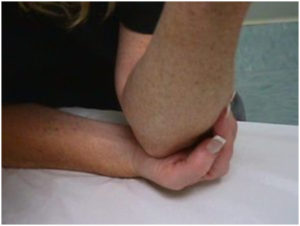How To Release Tight Muscles That Cause Carpal Tunnel
Author: Julie Donnelly, LMT – The Pain Relief Expert
Editor: Dr. Steve Chaney
Fall, Glorious Fall
 I love Florida, but I must say I really miss the changing of the leaves like I enjoyed when I lived in New York. October was magical! The trees painting a picture of red, gold, maroon, yellow, and green, and the smells that are so familiar to anyone who has ever lived in the north.
I love Florida, but I must say I really miss the changing of the leaves like I enjoyed when I lived in New York. October was magical! The trees painting a picture of red, gold, maroon, yellow, and green, and the smells that are so familiar to anyone who has ever lived in the north.
Fires burning to heat chilly homes, apple cider, baking pies and cookies because we could get back into the kitchen as the weather cooled down. And of course, Halloween.
The world has changed so much. Remember how we could go out in costume with our friends, no adults needed, and go from door to door, shouting “Trick or Treat!” We’d come home with a pillowcase (or plastic pumpkin) filled with candy. Such sweet memories.
In Florida we are entering our most wonderful time of year. It’s starting to get cooler, the humidity is going down, and hurricane season is almost over. Hooray! It’s great to be outdoors again!
Carpal Tunnel Syndrome – It’s Not Just In Your Wrist
In 1997 I learned a serious consequence of having carpal tunnel syndrome – I had to shut down my therapy  practice. I went to doctors, physical therapy, and massage, yet nothing worked. The pain just kept getting worse.
practice. I went to doctors, physical therapy, and massage, yet nothing worked. The pain just kept getting worse.
I couldn’t pick up a pen or open a door. I couldn’t work. What would you do if suddenly you couldn’t use your hand because the pain was so great?
Happily, I was able to figure out which muscles were actually causing the problem, and after releasing the tension I was quickly out of pain.
It’s complicated, but incredibly logical.
The Symptoms Of Carpal Tunnel Syndrome (CTS)
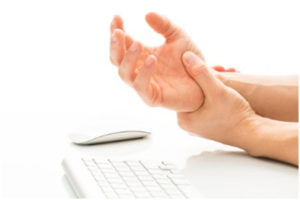 For me, it eventually felt like someone was cutting my wrist with a razor blade, and I couldn’t even pick up a pencil or hold a glass.
For me, it eventually felt like someone was cutting my wrist with a razor blade, and I couldn’t even pick up a pencil or hold a glass.
If you’re like me, your symptoms came on slowly. I had a twinge, like an electric shock in my wrist or fingers. Nothing serious and I’d just shake it off. Perhaps you’ve done the same thing.
Gradually it happened more frequently, and the intensity increased. I was heading into a problem that almost ended my career.
While I was told I had CTS and I needed to have surgery, I knew that scar tissue would grow over the median nerve, and I could end up in worse condition than where I was already.
I was forced by necessity to find a solution. I concentrated on the path of the median because it is this nerve that is key to carpal tunnel syndrome.
The Median Nerve Pathway
It all starts with pressure on the median nerve.
The median nerve starts in your neck, innervating your arm and hand. When it is pressed upon it will cause burning and numbness somewhere along its path, especially into your wrist, thumb and first two fingers.
The Opponens Pollicis Muscle
 The nerve passes under and through several arm muscles, through the carpal tunnel in your wrist, and finally a muscle of your thumb called the opponens pollicis muscle impinges on the nerve.
The nerve passes under and through several arm muscles, through the carpal tunnel in your wrist, and finally a muscle of your thumb called the opponens pollicis muscle impinges on the nerve.
The tight muscles entrap the median nerve, but they also put a strain on your wrist and hand. The analogy I use is pulling your hair and your scalp hurts. In the same way, the muscle pulls on the insertion points on your wrist and hand, and you feel pain.
I’m not trying to make anyone a muscular therapist, so I’m not mentioning the Latin names. If you have the symptoms of carpal tunnel syndrome, and if you’re interested and would like more information, please contact me.
My experience showed me that I had to treat each muscle from my neck to my hand several times every day. My clients were the catalyst for my sharing the self-treatment process that has reversed the symptoms of CTS for hundreds of people over the years.
One Treatment That Helps
There are six muscle groups that need to be treated for the release of the median nerve.
As I worked on myself, I discovered how they all needed to be fully released or the relief was temporary. Then again, at that point I welcomed any relief, regardless of how short-lived.
The following treatment is for the muscle of your thumb, called “opponens pollicis.” This muscle pulls your thumb into the center of your palm.
An important factor is the muscle originates on the ligament that goes across the top of the carpal tunnel. When it gets tight it is pulling hard on the ligament and it presses down onto the median nerve. This causes your thumb and first two fingers to go numb.
Bend your middle finger of the working hand.
Press the knuckle into the thick muscle at the base of your thumb.
Close the fingers of the hand you are treating so you can direct your thumb. This is an important step, or your knuckle will keep flipping over the muscle.
Move deeply in a direction that goes from your thumb to the middle of your wrist.
If you find as especially painful point, stay on it for 15-30 seconds.
How To Release Tight Muscles That Cause Carpal Tunnel
As I mentioned above there are six muscle groups that need to be treated to release the tension on the median nerve.
I realized that the only people who were benefiting from the treatment I developed were people who lived no more than 25 miles away from my office.
As a result, I hired a videographer and asked Zev Cohen, MD to join with me to explain the entire process. It’s easy to do as you watch the DVD (also available as an MP4) and use the specialized tool I developed since many people can’t do it the way I did it for myself.
There’s also a workbook with still pictures of all the treatments, and a chart that shows exactly where to press.
Carpal tunnel syndrome can seriously alter your day-to-day living! Yet it can be reversed in as little time as one-hour!
Please share this information with anyone you know who is suffering from hand/wrist pain and numbness.
For more information go to: https://julstromethod.com/cts/
Coming In November
Foot pain can stop you in your tracks, regardless of whether you are a runner, or you just like to stroll along a garden path.
The discussion in November will be about foot pain that is diagnosed as plantar fasciitis.
Wishing you well,
Julie Donnelly
www.FlexibleAthlete.com
These statements have not been evaluated by the Food and Drug Administration. This information is not intended to diagnose, treat, cure, or prevent any disease.



